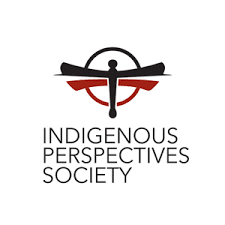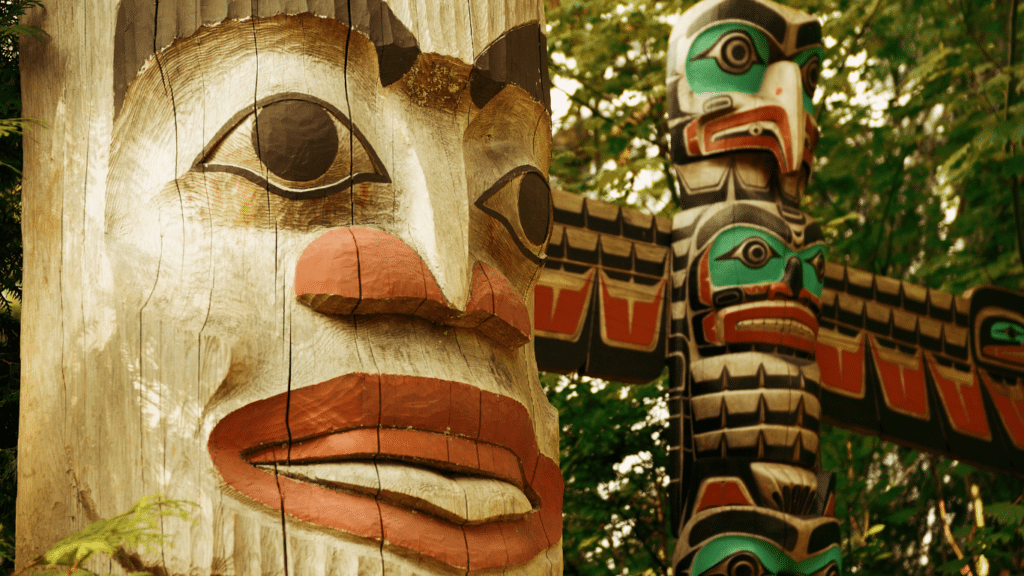The Indigenous Perspectives Society (IPS), formerly Caring for First Nations Children Society, is a registered charitable non-profit founded in 1994. IPS has played a significant role in the delivery of training and policy development in the Indigenous child welfare field. We interviewed IPS staff about their recent move into providing support and training to caregivers of Indigenous children who are in foster care.
Tell us about IPS and how you moved into foster care support.
Indigenous Caregivers of BC was formed in 2016 as a division of IPS to meet unique needs of foster caregivers, kinship caregivers, and other permanency options of Indigenous children and their communities, and for targeted development, recruitment, and training of Indigenous caregiver families.
Each of our trainers strives to ensure we have a good understanding and assessment of the participants registered for each training, and the communities we are serving. As a result of attending these trainings, all caregivers of indigenous children will have had the opportunity to learn culturally appropriate ways of working with children within their communities.
IPS also contributes to positive change in child welfare in BC by delivering the Aboriginal Social Work Training program (ASW), which is mandatory for social workers employed by Indigenous child and family service agencies in BC. IPS trains social workers in best practices in Indigenous child welfare, and in the competencies and skills they need to carry out their responsibilities.
The ASW program is unique because each week of classroom instruction is enhanced by a week of field work in an Indigenous child and family service agency setting, so the classroom experience is grounded it in community and culture.
Do any of your staff have a personal connection to foster care or adoption?
Yes, many of our staff have been affected by adoption, in particular by the Sixties Scoop and the removal of Indigenous children from our communities. Some of our staff have also experienced positive outcomes and lifelong connections from adoption and foster care.
Our caregiver support worker has several years of experience as a foster caregiver, foster education and support coordinator, child and youth worker, and resource social worker, and has worked to promote adoption and permanency for teens in foster care.
The lived experience of our staff definitely informs our practice, and inspires us to work with our partner agencies in a good way to best serve Indigenous children, youth, and their families.
Indigenous children and families are drastically overrepresented in the child welfare system. What can be done to change that?
The overrepresentation of Indigenous children and families in the child welfare system is a blight on our communities. It impedes Indigenous peoples’ ability to experience true reconciliation. Meaningful change must be multifaceted, and would include (but not be limited to) clean drinking water, secure housing, access to education, reduction in unemployment rates, and an increase in cultural programs and healing centres. Additionally, social workers must be trained and supported to do culturally appropriate work with Indigenous children and their families.
“Children have an inherent right to maintain connections to their families, extended families, and their culture.”
What would reconciliation look like in child welfare and adoption?
In order to move ahead with true reconciliation, it is essential that we, as a society, recognize and critically reflect on the damaging historical context that foster care and adoption originates from. Much hurt, loss, and intergenerational trauma has impacted children, families, and communities. However, efforts such as the Truth and Reconciliation Commission Calls to Action (2015) show promise and the potential for a brighter future for Indigenous children in care.
Reconciliation must occur at the individual level, the community level, and the level of agencies and government. This begins with recognizing that children have an inherent right to maintain connections to their families, extended families, and their culture in order to develop a strong identity and a healthy sense of belonging in this world.
Reconciliation begins when support agencies can align with the values of the communities they work with. A strengths-based, Indigenous approach that supports the health of communities and strengthens cultural connections is essential. This includes building meaningful relationships and listening to what communities and families say they need in order to maintain and strengthen bonds between their children, families, and cultures.
What happens if a caregiver is asked to adopt a foster child? Would IPS and Indigenous Caregivers of BC be able to support them in that process?
Yes, we would still support a caregiver if they wanted to connect with us; our work is about relationships and contributing to healthy communities. We would make sure the family was aware of all the services available to them, such as our Adoption Online Training (see sidebar on p. 8 for details).
What does family mean to you?
Lifelong connections.

Learn more
What is a Delegated Aboriginal Agency?
Delegated Aboriginal Agencies (DAAs) are part of the Ministry of Children and Family Development and provide child welfare services. Child protection laws in BC recognize the importance of Indigenous family ties to Indigenous children. DAAs are part of an effort to restore the responsibilities of child protection and family support to Indigenous communities.
Source: Legal Services Society of BC, www.lss.bc.ca.
What is reconciliation?
Reconciliation is a complicated concept. Merriam-Webster.com defines reconciliation as “the act of causing two people or groups to become friendly again after an argument or disagreement.”
In the context of this article, the two groups involved in the process of reconciliation are the Indigenous and non-Indigenous people of Canada.
The Truth and Reconciliation Commission of Canada (TRC) was established by the Canadian government in 2007, when The Indian Residential Schools Settlement Agreement, the largest class-action settlement in Canadian history, began to be implemented. The TRC’s mandate was to create a historical record of the residential schools system, and to facilitate reconciliation among former students of residential schools, their families, their communities, and all Canadians.
“Reconciliation is about forging and maintaining respectful relationships. There are no shortcuts.”
—The Hon. Justice Murray Sinclair, TRC chair
This is how the TRC explains reconciliation:
“For over 100 years, Aboriginal children were removed from their families and sent to institutions called residential schools. The government-funded, church-run schools were located across Canada and established with the purpose to eliminate parental involvement in the spiritual, cultural and intellectual development of Aboriginal children. The last residential schools closed in the mid-1990s.
During this chapter in Canadian history, more than 150,000 First Nations, Métis, and Inuit children were forced to attend these schools, some of which were hundreds of miles from their home. The cumulative impact of residential schools is a legacy of unresolved trauma passed from generation to generation and has had a profound effect on the relationship between Aboriginal peoples and other Canadians.
Collective efforts from all peoples are necessary to revitalize the relationship between Aboriginal peoples and Canadian society—reconciliation is the goal. It is a goal that will take the commitment of multiple generations but when it is achieved, when we have reconciliation—it will make for a better, stronger Canada.
We know that reconciliation is very hard to categorize or explain. It means one thing to someone, and perhaps carries a very different feeling or meaning to someone else. It is at its core very individual, yet when considered collectively, reconciliation can change the very way we look at ourselves and at our fellow citizens.”






